Applied Research in the Arctic
The Arctic and its ecosystems need constant monitoring
“The region is most sensitive to global changes, but the region itself can generate global changes. Ecosystems of the region are very sensitive to anthropogenic influence; environmental issues are key to the development of the region. Naturally, in order to develop the region and to understand what we do right or wrong, we need timely and objective information. Such information about the region can be obtained only using satellite remote monitoring technology,” Alexander Lutovinov, Deputy Director for Research, Space Research Institute, Russian Academy of Sciences.
“Operational control is inextricably linked with data transmission systems in real time or near real time. Currently, about 30 various measuring units and buoy platforms have been developed and are in production. They cover four environments, providing meteorological parameters from water surface, ocean areas free of ice, glacial formations and subglacial observations,” Sergey Motyzhev, Head of the Scientific Direction on Instrument Engineering, Maritime Hydrophysical Institute of the Russian Academy of Sciences, Director of Marlin-Yug LLC.
Scientific research in the Arctic must comply with international law
“The leaders of all four Arctic countries emphasized the importance of respecting international law, since scientific research is subject to international legal regulation,” Alexander Vylegzhanin, Editor-in-Chief, Moscow Journal of International Law.
“The Arctic Council has also managed to put together the idea of a binding agreement on science cooperation in the Arctic. It is now ratified, and it talks about open access to areas, <...> sharing of data. That is extremely important for the practical work of science cooperation,” Lars Kullerud, President, University of the Arctic (UArctic).
Scientific research is needed to conduct business and improve the quality of life in the region
“Building a dialogue between science and industry is a rather laborious process. All production companies work within their industry standards, which, in some ways, require to be revised and updated, taking into account the new knowledge gained and new technology developed,” Galina Antonovskaya, Director, Seismology Laboratory, N. Laverov Federal Center for Integrated Arctic Research, Russian Academy of Sciences.
“Research often prepares the ground for proper business development, and coordinated environmental management should also contribute to worldwide commercial activity,” Ole Arve Misund, Director, Norwegian Polar Institute.
“A pressing issue concerns energy for the towns and ensuring the adequate quality of life for the northerners. <...> The decisive factor is proper energy supply,” Sergey Kruglikov, Chair, Department of Controlled System Modelling, Ural Federal University named after the First President of Russia B.N. Yeltsin
PROBLEMS
Introducing new technologies is a slow process
“On the one hand, companies cannot apply new technologies, because they are not included in the regulatory framework, and on the other hand, businesses ask themselves, ‘Why do need new technologies? We are doing just fine with the old ones.’ And there is is the problem of putting the results of scientific research into production,” Galina Antonovskaya, Director, Seismology Laboratory, N. Laverov Federal Center for Integrated Arctic Research, Russian Academy of Sciences.
“Putting results of scientific research into production will take a very long time. And that is a problem. Previously, that was done by special organizations, such as scientific research institutes – now they are not there anymore,” Galina Antonovskaya, Director, Seismology Laboratory, N. Laverov Federal Center for Integrated Arctic Research, Russian Academy of Sciences.
Funding for the Arctic research lacks coordination
“The funding mechanisms of Arctic research do not work together. They have not been able to coordinate the work and put together the big instruments for funding of Arctic research,” Lars Kullerud, President, University of the Arctic (UArctic).
Researchers pay insufficient attention to the region’s social and economic problems
“Today, science production, if you measure publications about the Arctic, is very much about natural science and climate research. The community is very good at doing a lot of research in the Arctic. Political science, law do little in the Arctic, actually, and the same in other applied areas, in business and economics,” Lars Kullerud, President, University of the Arctic (UArctic).
SOLUTIONS
Creating mechanisms for implementation of scientific research
“The whole process from the idea to its implementation and putting into production now falls on the shoulders of the Academy of Sciences, and that is not always efficient. One of the solutions would creating corresponding production and corresponding sections at research institutes and organizations,” Galina Antonovskaya, Director, Seismology Laboratory, N. Laverov Federal Center for Integrated Arctic Research, Russian Academy of Sciences.
“The main goal of our project is to create the new materials and innovative technologies for the development of the Arctic, the development of geo-and biotechnologies, medical research aimed at defining the boundaries of the functional reserves of a human body, improving health, efficiency and quality of life in extremely cold environment,” Alexander Bolshakov, Acting Director, V.P. Larionov Institute of Physical-Technical Problems of the North, Siberian Branch of the Russian Academy of Sciences.
“In addition to the fundamental research that we do, our solutions are in rather high demand, and all those developments are now in either the implementation stage or continuous operation mode”, Mikhail Filonov Vice-Rector for Science and Innovations, National University of Science and Technology MISiS.
Creating incentives for businesses to participate in scientific research
“It is necessary to ensure that the business community is involved in applied and fundamental research, in order for these projects to be implemented. We know how high the costs are in the Arctic, how much human and scientific resources are needed. Therefore, a possible approach would be, first of all, tax preferences for businesses, so that they locate their production facilities and their research laboratories in the Arctic, so that they are able to benefit from those preferences and channel funds into research as well,” Marat Yeseyev, Head of the Department of Fundamental and Applied Physics, Higher School of Natural Sciences and Technologies, Lomonosov Northern (Arctic) Federal University (NArFU).

